10 Places for Native American Vacation Experiences with Your Family
Listening to Native legends around the campfire, taking a Jeep ride through the high mountain desert, watching the colorful swirl of dancers at a powwow – exchanges with Native peoples provide a visceral understanding of traditions and history not available in textbooks.
The United States is a particularly rich destination for exploring indigenous culture. That often means traveling to unspoiled countryside, far from crowds and fences, to find the sorts of wide-open spaces typically found only in faded photographs or dreams.
 Angelika Harden-Norman
Angelika Harden-Norman Lodgepole Gallery and Tipi Village, Browning, Montana
Glacier National Park’s jagged mountains, dense pine forests, and rolling grasslands remain sacred to the Blackfeet Nation, whose 1.5-million-acre reservation adjoins the preserve. At Lodgepole Gallery & Tipi Village, Blackfeet artist Darrell Norman reveals history and customs on his reservation tours. You’ll hear how the Creator taught people to hunt using a cliff formation called a buffalo jump. At the Holy Family Mission, a Catholic boarding school designed to assimilate Blackfeet children, you’ll discover, in Norman’s words, “how the teachers beat the Indian out of the Indian.” Stay overnight at the Tipi Village, an encampment of 11 teepees and two cabins, where you’ll learn important rules of etiquette, starting with where to sit—men on the right, women on the left. Fall asleep by the fire as Blackfeet members have done for centuries.
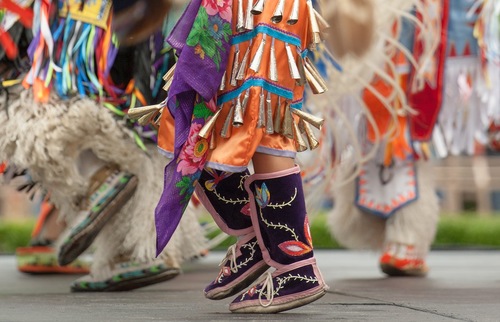 Red Earth Festival
Red Earth Festival Red Earth Art Center & Red Earth Festival, Oklahoma City
Year-round, the Red Earth Art Center showcases both traditional and contemporary Native American arts and crafts. A scavenger list of items to find pulls kids through the exhibits, full of cradleboards, totem poles, baskets, pottery, beadwork, and paintings. Each June, the center hosts the Red Earth Festival. Part powwow and part juried art show, the event attracts more than 75 tribes, 125 artists, and more than 700 dancers and singers, who compete for prize money. The participants—bright with fiery colors, breastplates, quilled arm bands, and fringed leggings—swirl and sing to ancient rhythms. The festival kicks off with a grand parade of Native Americans wearing tribal regalia.
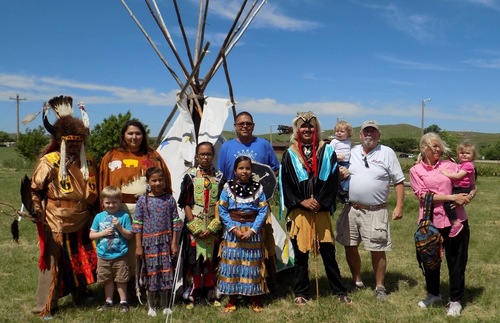
Tatanka Rez Tourz, Pine Ridge Reservation, South Dakota
Guss Yellow Hair and his daughter Tianna Yellow Hair established Tatanka Rez Tours to show visitors that there’s much more to the Pine Ridge Reservation than the tales of extreme poverty told in the national media. Home to the Oglala Lakota tribe, the land beyond the community unfolds as a sweep of Black Hills grasslands, broken by ridges and bordered by Badlands National Park. Guss enters your vehicle, relating tribal history while escorting you to reservation sites on a tour customized to your party’s ages and interests. From the White River Visitor Center, see the badlands’ eroded rock formations and twisting peaks. At a monument for the infamous Wounded Knee Massacre, Guss recounts how, in December 1890, U.S. soldiers slaughtered more than 350 people who were en route to peace negotiations. In homage to the victims, Guss chants an invocation, performs a tobacco offering, and ties a prayer flag to the fence surrounding the marker.

Monument Valley Navajo Tribal Park, Arizona and Utah
At Monument Valley Navajo Tribal Park, sandstone mesas, buttes, and spires create a dramatic interplay of red-rock formations and open spaces that conjure the classic West of cowboy movies. But the park, which straddles the Arizona and Utah border, sits on land considered sacred to the Navajo Nation. Only Navajo guides can take outsiders beyond the Valley Drive. Native-led Jeep, van, or horseback rides stop at petroglyphs and Ancestral Pueblo ruins. On evening excursions with Navajo-owned Majestic Monument Valley, you can look up at a night sky aglow with stars. The company’s sunrise and sunset tours show how the changing light flames across the rocks, turning them different shades of orange and purple.
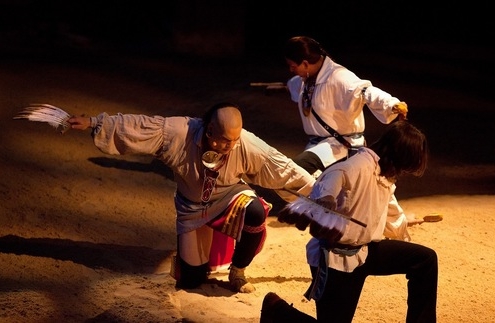 VisitNC
VisitNC Cherokee, North Carolina
A complex of attractions in Cherokee, an hour’s drive west of Asheville, details the history and culture of the town’s namesake—the nation that lived in the territory that once included north Georgia and the Great Smoky Mountains. At the Oconaluftee Indian Village, present-day Cherokee in traditional 18th-century attire demonstrate how to carve masks, chip flint to create arrowheads, and fashion a dugout canoe using fire and an ax. Through special effects, artifacts, stone carving demonstrations, and dance by the Warriors of AniKituhwa, the Museum of the Cherokee Indian presents important traditions, while at the outdoor Mountainside Theatre, scores of performers in traditional regalia enact Unto These Hills (pictured above). Through battle reenactments, music, and dancing, this long-running drama stages big moments in Cherokee history, including the forced relocation of 16,000 members to Oklahoma. The performance has been staged each summer since 1950. During the evening, listen to more tales and songs under the stars at the bonfires at Oconaluftee Islands Park.
 New Mexico Tourism
New Mexico Tourism Taos Pueblo, Taos, New Mexico
Set against northern New Mexico’s Sangre de Cristo foothills, the Taos Pueblo exudes a simple dignity and strong spiritual presence. When the five-story adobe structure (built in the years between 1000 and 1450) catches the light, you can imagine the awe of the Spanish explorers when they came upon it in 1540. A guided horseback ride through the reservation by Taos Indian Horse Ranch supplies a bounty of wide-open spaces. The horses walk or trot alongside ravines, through streams, and across the high mountain desert dotted with sagebrush. Continuously inhabited by Tiwa-speaking Native Americans, the pueblo—which is the largest such multistory dwelling in the U.S.—has been designated a UNESCO World Heritage Site and a National Historic Landmark. On the 20- to 30-minute optional tour, a guide explains the site’s history and takes visitors to the San Geronimo Chapel, constructed in 1850. On feast days (listed on the website), the pueblo comes alive with drumming and dancing.
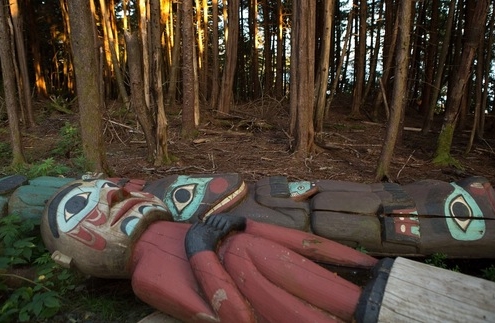 Alaska State Tourism
Alaska State Tourism Totem Bight, Ketchikan, Alaska
It’s a special experience to walk among totem poles as they were meant to be seen—in the outdoors. Ketchikan features one of the world’s largest collections of these structures. Part of the Tlingit and Haida culture, the intricately carved poles rise among the spruce and cedar trees of Totem Bight Historical Park. The carvings visitors see today replicate and interpret original 19th-century versions that were deteriorating in abandoned villages. Bears, wolves, eagles, and ravens cut into the wood tell the stories of deceased clan members, treaties, lineage, and other historical details. Not far away, Saxman Native Village features a second collection of poles. Targeted to cruise passengers, that site is more theatrical, adding participatory Native dancing, an onsite carver, and the option for a lumberjack show. Totem Bight is both less expensive and less touristy. The Totem Heritage Center, a museum in town, displays its own treasured cache of totem poles indoors.
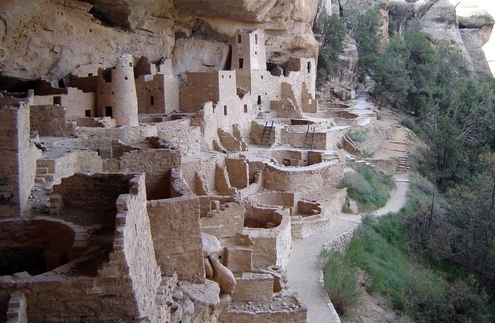 National Park Service
National Park Service Mesa Verde National Park, Mesa Verde, Colorado
Among Mesa Verde National Park’s 5,000 archeological sites, 600 of which are cliff dwellings, the gem is Cliff Palace. The largest such structure in North America, it was built by Ancestral Puebloans some 800 years ago and features 150 rooms and more than 20 kivas (ceremonial spaces). Because it was constructed beneath the overhang of a sandstone cliff at an elevation of 7,000 feet (2,134 m), the palace must be reached via a moderately strenuous hike plus a climb up a 10-foot ladder. Once onsite, it’s easy to imagine people gathering for news in the kivas and mothers warming their children at fires near the back walls. Non-hikers can take in scenic views of Cliff Palace and see other dwellings at a distance by driving the Mesa Top Loop Road. Check out pertinent exhibits at the Mesa Verde Visitor and Research Center.
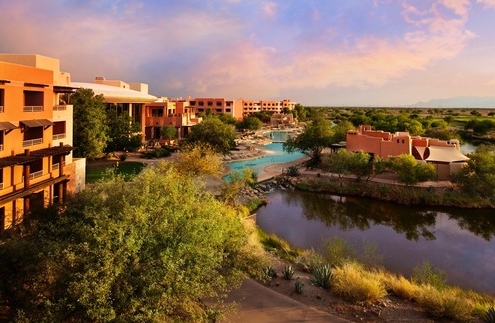 Sheraton Grand at Wild Horse Pass
Sheraton Grand at Wild Horse Pass Sheraton Grand at Wild Horse Pass, Chandler, Arizona
For a blend of traditional resort relaxation with Native elements, head toward the Sierra Estrella Mountains and the Sheraton Grand at Wild Horse Pass near Phoenix. Owned by the Gila River Indian Community, the 500-room hotel incorporates cultural elements of the Pima and Maricopa peoples. The Aji Spa’s wraps and scrubs feature native herbs and oil made from creosote. This is the only spa in the world for sessions called thoachta, which utilize light touch and Pima techniques. At Kai, one of the state’s most acclaimed restaurants, the menu has Native-inspired entrees such as grilled buffalo and wild boar. In winter, the resort’s cultural concierge tells Pima and Maricopa stories around the fire, while in other seasons community members lead sessions in traditional jewelry and bread making. On trail rides, you might catch sight of wild horses roaming the reservation.
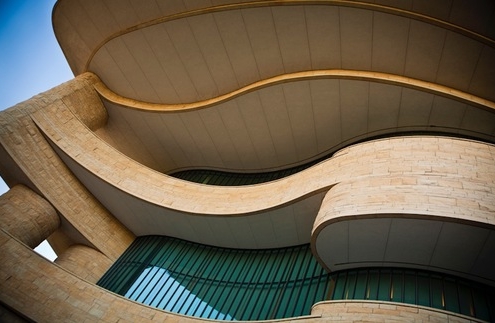 Dave Newman/Flickr
Dave Newman/Flickr National Museum of the American Indian, Washington, D.C.
The closest history museum to the Capitol building on the National Mall in Washington, D.C. is the striking National Museum of the American Indian. It has more than 8,000 items on display, so we recommend making sense of the collection by joining one of the regularly scheduled docent tours. Temporary exhibitions are also exceptional at providing valuable context. One exhibit, “Americans” (on display until 2020), examines how corporations, the military, sports teams, and even food products have appropriated or exaggerated images of Native culture in a way that’s often reductive or racist. When you want to understand another culture, there’s nothing quite like a good guide or curator to help put things in context.

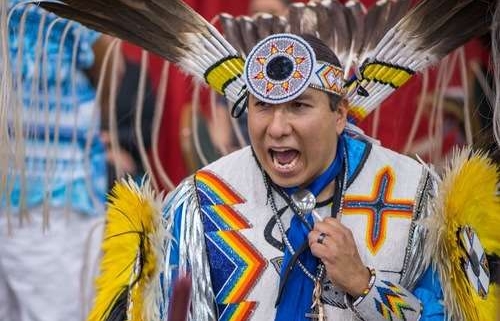
 Frommers.com
Frommers.com Kathy Valentine
Kathy Valentine Physician's Money Digest
Physician's Money Digest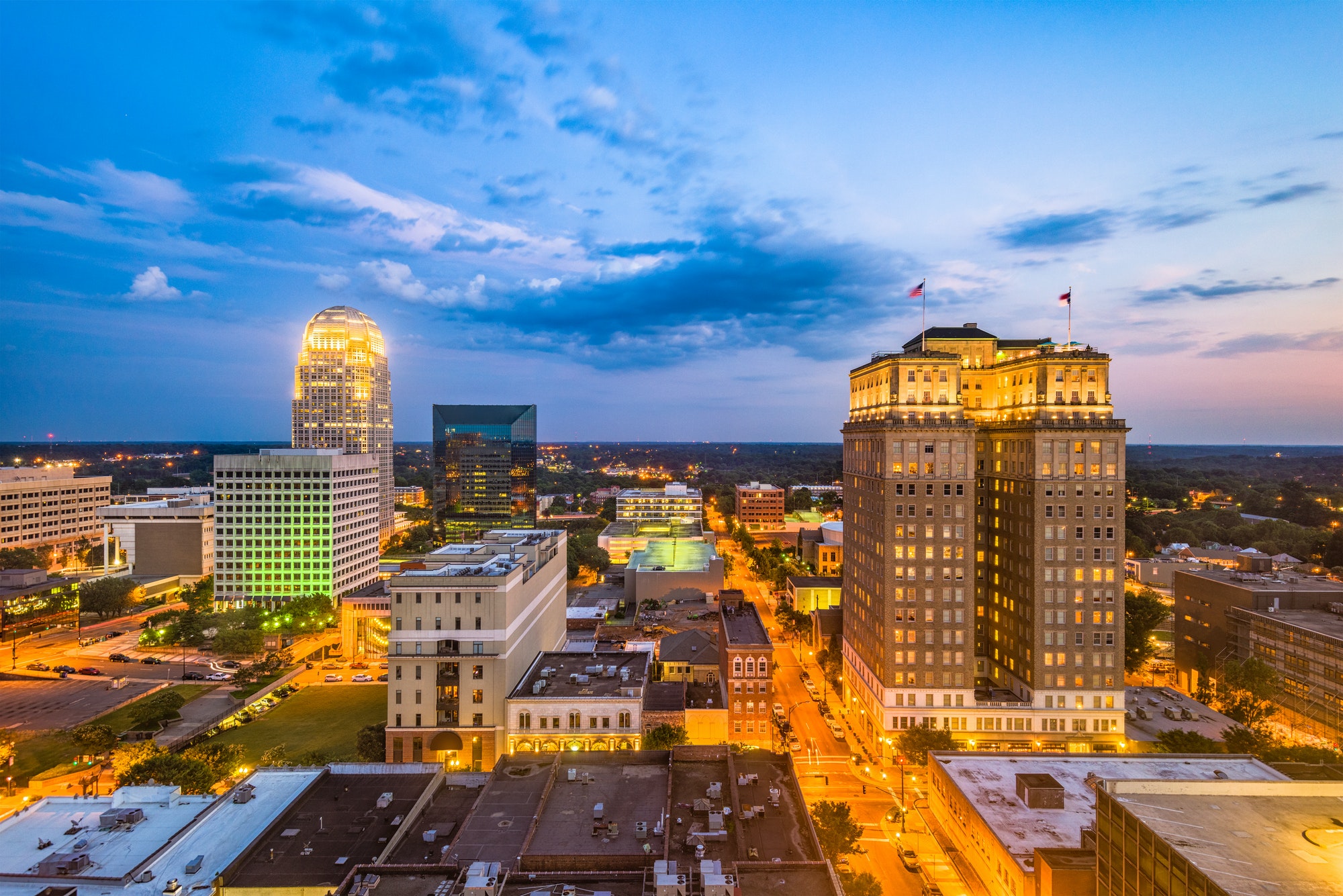 Physician's Money Digest
Physician's Money Digest Dentist's Money Digest
Dentist's Money Digest USA TODAY
USA TODAY Where to Retire
Where to Retire Creators Syndicate
Creators Syndicate